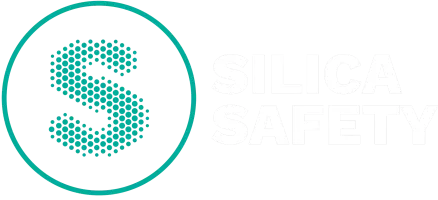Work with crystalline silica that is likely to produce a large amount of respirable crystalline silica or pose a health risk to a person in a workplace is defined as high-risk crystalline silica work.
High risk crystalline silica work (HRCSW) means work performed in connection with a crystalline silica process that is reasonably likely to result in:
- an airborne concentration of respirable crystalline silica that exceeds half the exposure standard for respirable crystalline silica
- a risk to the health of a person at the workplace.
Identifying high risk crystalline silica work
Before processing materials that contain crystalline silica, a PCBU must identify whether the work is considered HRCSW. This must be done by conducting a risk assessment or by choosing to identify the work as HRCSW without conducting a risk assessment.
All engineered stone processes are considered to be HRCSW and a silica risk control plan is required.
If conducting a risk assessment, the following factors must be considered:
- the specific tasks or processes required to be undertaken with material containing crystalline silica
- the form of crystalline silica to be used (for example, granite, sandstone)
- the proportion of crystalline silica contained in the material
- previous atmospheric monitoring results
- the likely frequency and duration of exposure to crystalline silica dust, and
- any information about incidents, illnesses or diseases associated with exposure to crystalline silica dust at the workplace.
Further information
Safe Work Australia: Assessing if the processing of silica is high risk – case studies
Silica risk control plan
Any HRCSW needs a silica risk control plan. The same control plan can be used for multiple types of crystalline silica processing, as long as the details for each process are provided.
The silica risk control plan should:
- identify high risk work activities
- include a copy of the risk assessment
- outline what will be done to control the risks and how these will be implemented, monitored, and reviewed
- be accessible and easy to understand
- be developed in consultation with workers and health and safety representatives
If the work activity is construction work, you can use a safe work method statement instead of a silica risk control plan to record the above information.
Further information
Safe Work Australia: Silica risk control plan – optional template
